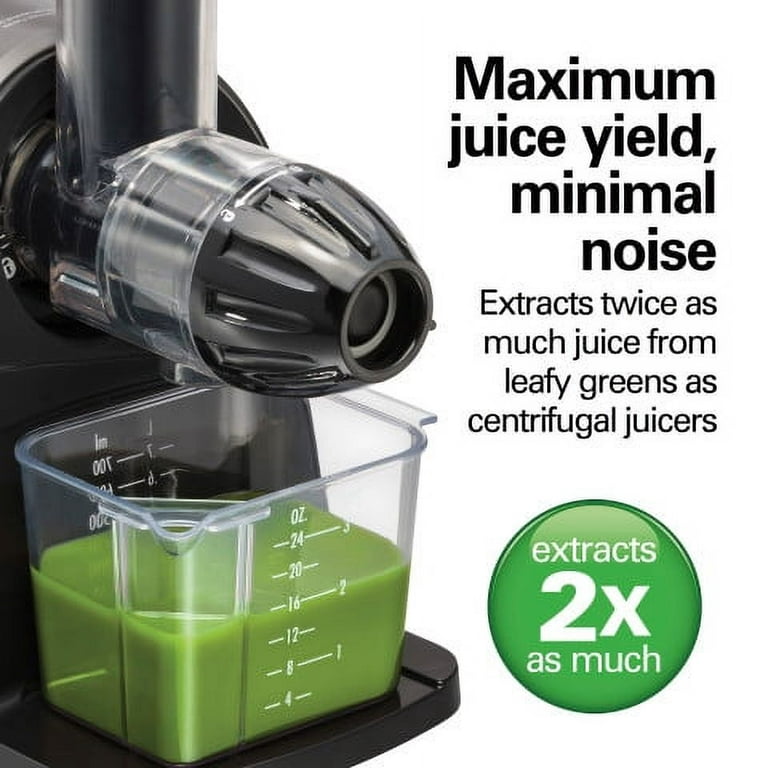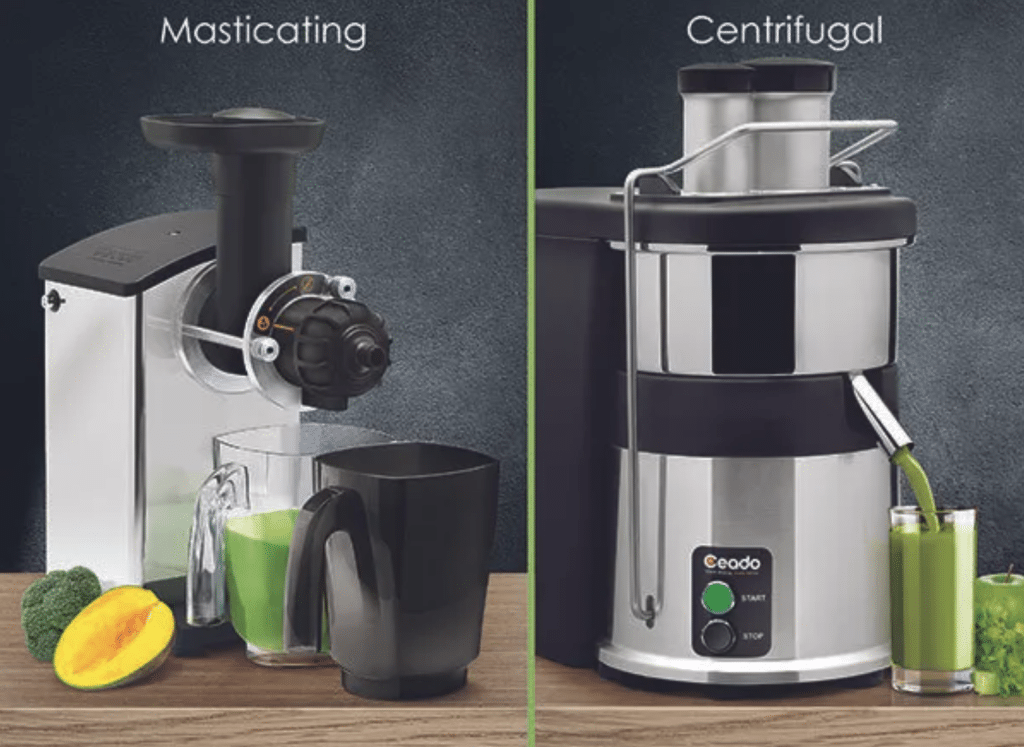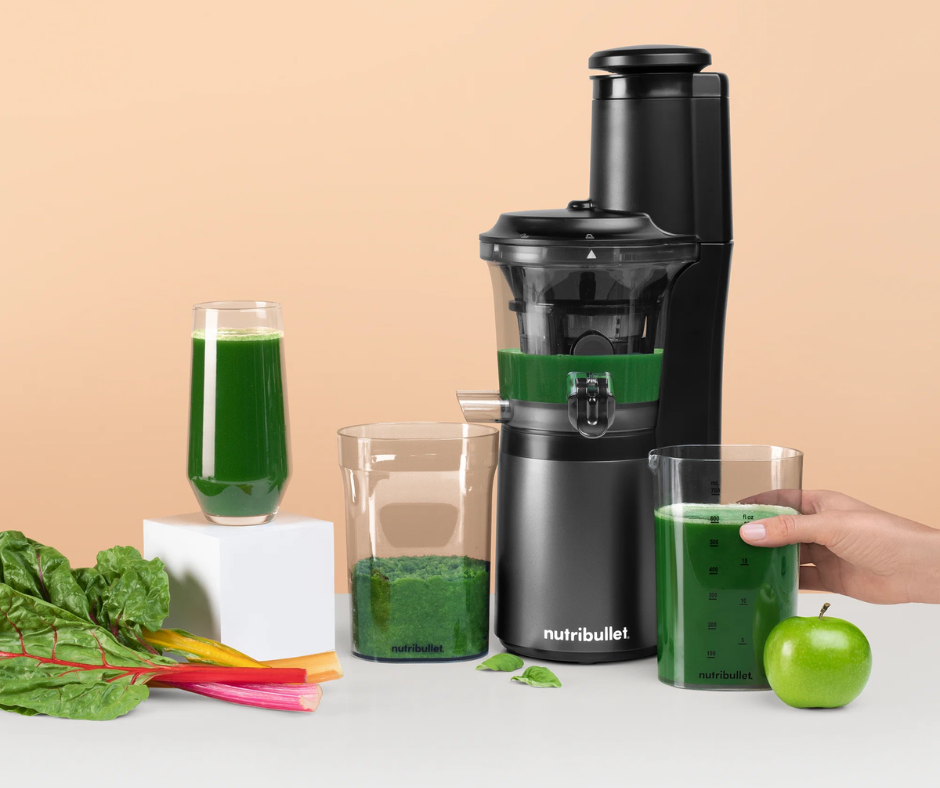Difference Between Centrifugal Juicer And Masticating
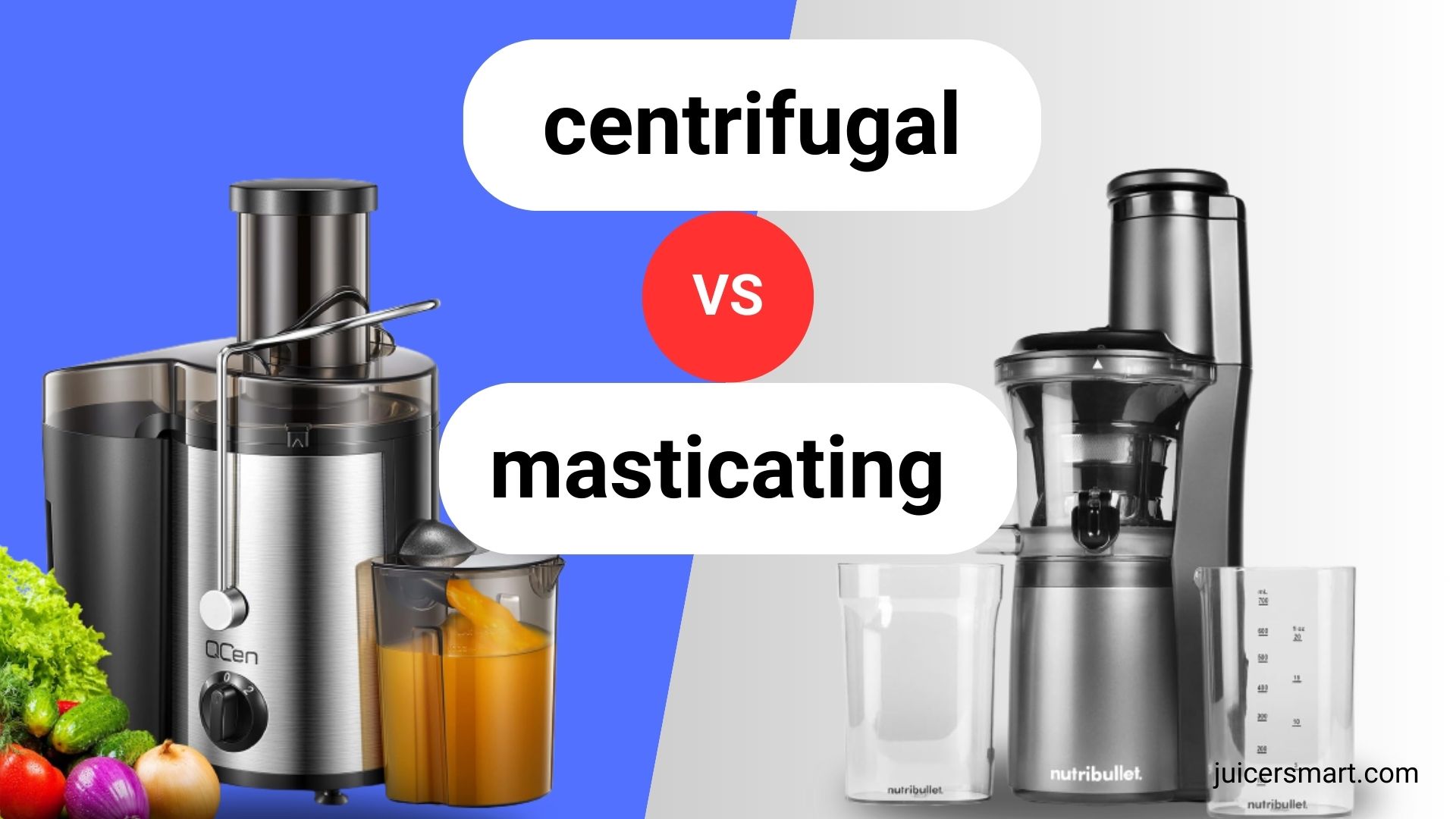
Imagine the vibrant hues of a farmer's market: deep crimson beets, sunny yellow oranges, and leafy green kale, all promising a burst of freshness. You're envisioning a healthy start to your day, perhaps a homemade juice brimming with vitamins and enzymes. But as you stand before the rows of juicers, a wave of confusion washes over you. Which one will truly unlock the potential hidden within those colorful fruits and vegetables?
The world of juicing can be a bit bewildering, especially when faced with the two dominant types of juicers: centrifugal and masticating. The key differences between these two lie in their juicing methods, the nutrients they extract, and ultimately, the juice they produce. Understanding these nuances is crucial for making an informed decision about which juicer best suits your health goals and lifestyle.
A Tale of Two Juicers: Unveiling the Differences
Centrifugal Juicers: Speed and Efficiency
Centrifugal juicers are the sprinters of the juicing world. They operate using a fast-spinning blade that grinds fruits and vegetables into a pulp. This pulp is then rapidly spun in a mesh basket, separating the juice from the solid waste via centrifugal force.
These juicers are known for their speed and efficiency, making them a popular choice for those who are short on time. Their wide feeding chutes often accommodate whole fruits and vegetables, minimizing prep work. This feature allows you to toss in an entire apple, reducing the time you spend chopping and slicing.
However, this high-speed process generates heat and introduces air into the juice. This rapid oxidation can degrade some of the nutrients and enzymes, and may result in a juice that separates and spoils more quickly.
The heat produced by centrifugal juicers can denature some enzymes, impacting the nutritional value of the juice.
Masticating Juicers: Slow and Steady Wins the Race
Masticating juicers, often referred to as slow juicers or cold-press juicers, take a different approach. They use a single auger to slowly crush and squeeze fruits and vegetables. This process mimics the action of chewing, hence the name "masticating."
This slower, gentler extraction method minimizes heat and oxidation. As a result, the juice produced by a masticating juicer tends to be richer in nutrients, enzymes, and antioxidants. It also typically has a longer shelf life, remaining fresh for up to 72 hours when properly stored.
Masticating juicers are particularly effective at juicing leafy greens and wheatgrass, which can be challenging for centrifugal juicers. They are also often quieter than their centrifugal counterparts, making them a more appealing option for noise-sensitive households.
The Juicing Process: A Closer Look
Centrifugal: A Whirlwind of Activity
Imagine watching a centrifugal juicer in action: a blur of motion as the blade spins at thousands of rotations per minute. The fruit or vegetable is quickly pulverized, and the juice is ejected into a separate container. The pulp is collected in another compartment.
The rapid extraction is convenient, but it comes at a cost. The friction from the spinning blade generates heat, which can destroy heat-sensitive nutrients like vitamin C and certain enzymes. This rapid oxidation process also accelerates the degradation of the juice.
Masticating: Patient and Precise
In contrast, a masticating juicer operates with a deliberate pace. The auger slowly grinds and presses the ingredients against a strainer, extracting the juice with minimal heat and oxidation. This slow and deliberate approach helps preserve the integrity of the nutrients and enzymes.
The juice produced by a masticating juicer often has a smoother consistency and a richer flavor than that from a centrifugal juicer. The slow pressing action also extracts more juice from the produce, resulting in less waste.
Nutritional Value: A Key Consideration
The primary reason people choose to juice is for the health benefits it offers. Therefore, understanding the nutritional differences between the juice produced by centrifugal and masticating juicers is crucial.
Studies have shown that masticating juicers tend to produce juice with higher levels of vitamins, minerals, and antioxidants. The gentle extraction process helps preserve these delicate nutrients, ensuring that you receive the maximum health benefits from your juice.
While centrifugal juicers can still provide valuable nutrients, the heat and oxidation they generate can reduce the levels of certain beneficial compounds. This difference is particularly noticeable in the concentration of enzymes, which are essential for digestion and overall health.
Practical Considerations: Cost, Cleaning, and Convenience
Beyond nutritional value, several practical factors come into play when choosing a juicer. These include the cost of the juicer, the ease of cleaning, and the overall convenience of use.
Centrifugal juicers are generally more affordable than masticating juicers, making them a more accessible option for budget-conscious consumers. They are also often easier to clean, as they typically have fewer parts and wider openings.
Masticating juicers, on the other hand, tend to be more expensive and require more effort to clean. However, their superior juice quality and versatility often outweigh these drawbacks for those who are serious about juicing.
Making the Right Choice: Which Juicer is for You?
The best juicer for you depends on your individual needs and preferences. Consider your budget, your time constraints, and your health goals when making your decision.
If you are looking for a quick and affordable option for occasional juicing, a centrifugal juicer may be the right choice. However, if you prioritize nutrient-rich juice with a longer shelf life and are willing to invest more time and money, a masticating juicer is likely a better fit.
Ultimately, the most important thing is to choose a juicer that you will use consistently. The benefits of juicing are undeniable, and incorporating fresh, homemade juice into your diet can be a powerful way to improve your overall health and well-being.
Beyond the Juicer: Tips for Optimal Juicing
Regardless of the type of juicer you choose, there are several things you can do to maximize the nutritional value of your juice. Opt for organic fruits and vegetables whenever possible to minimize your exposure to pesticides.
Drink your juice immediately after making it to preserve its freshness and nutritional content. Store any leftover juice in an airtight container in the refrigerator for up to 72 hours, particularly for masticating juices. Consider adding a squeeze of lemon juice to help prevent oxidation.
Experiment with different combinations of fruits and vegetables to create juices that are both delicious and nutritious. Don't be afraid to add herbs and spices like ginger, turmeric, or mint for an extra boost of flavor and health benefits. And most importantly, have fun and enjoy the process!
Juicing: A Journey to Wellness
Juicing is more than just a trend; it's a way to nourish your body with concentrated vitamins, minerals, and enzymes. Whether you choose the speed of a centrifugal juicer or the slow precision of a masticating one, incorporating fresh juice into your daily routine can be a transformative experience.
The vibrant colors and fresh flavors of homemade juice are a testament to the power of nature's bounty. By embracing the art of juicing, you're not just preparing a beverage; you're embarking on a journey towards enhanced health and well-being. The choice is yours, and the possibilities are endless.
So, take a deep breath, explore the world of juicing, and discover the delicious and nutritious benefits that await. Your body will thank you for it.
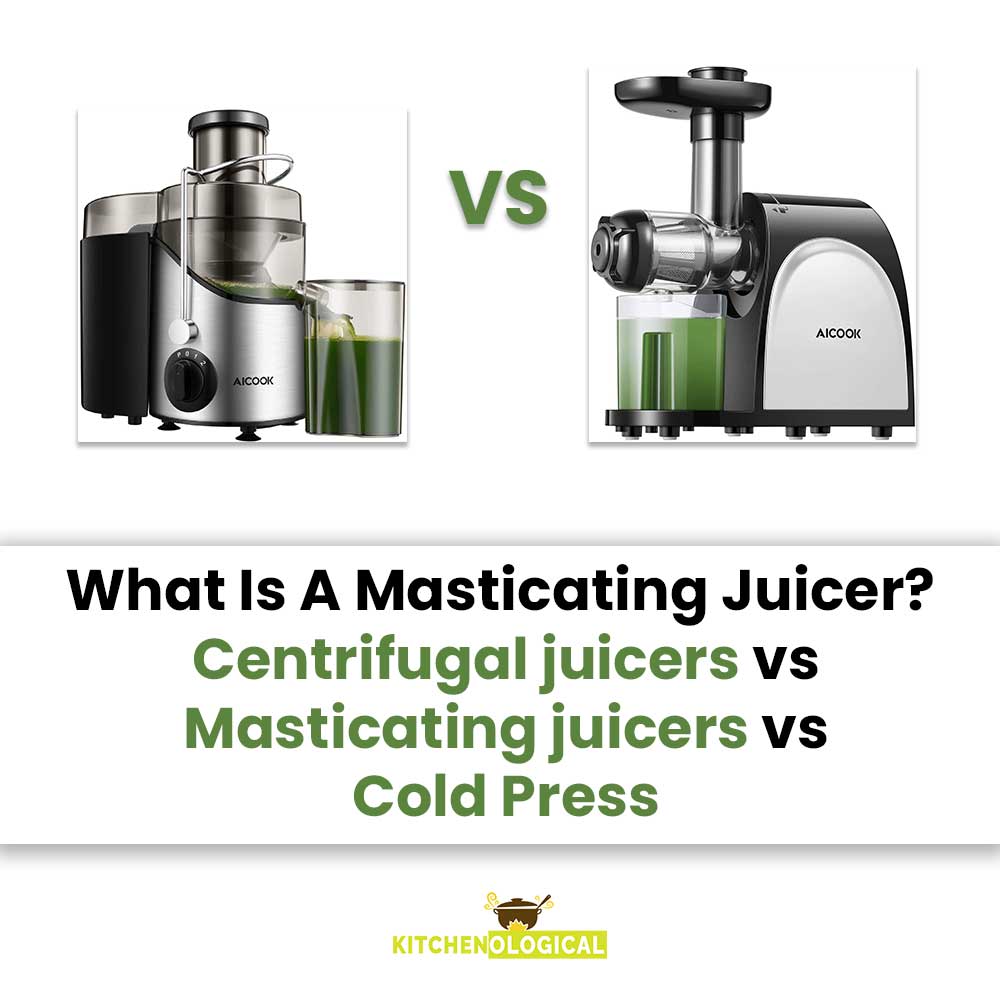

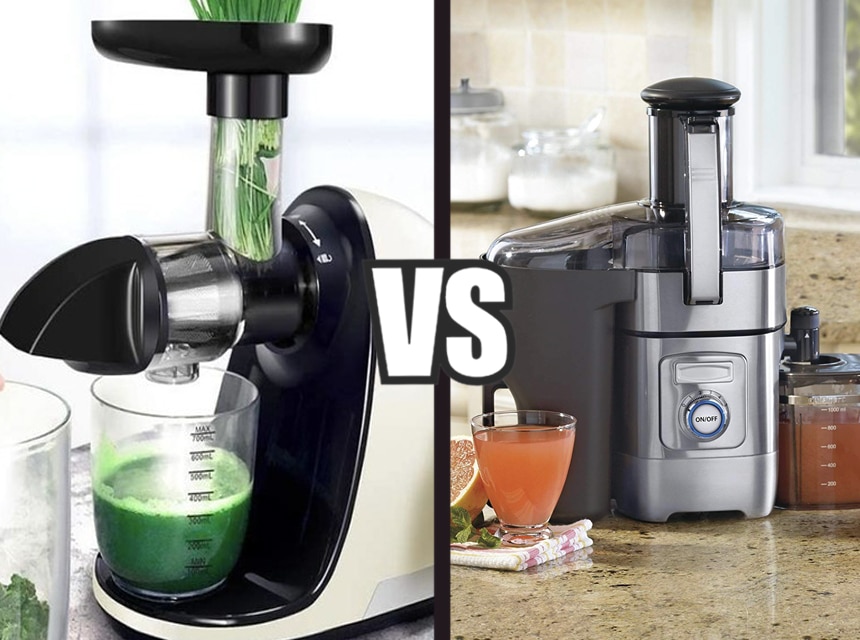

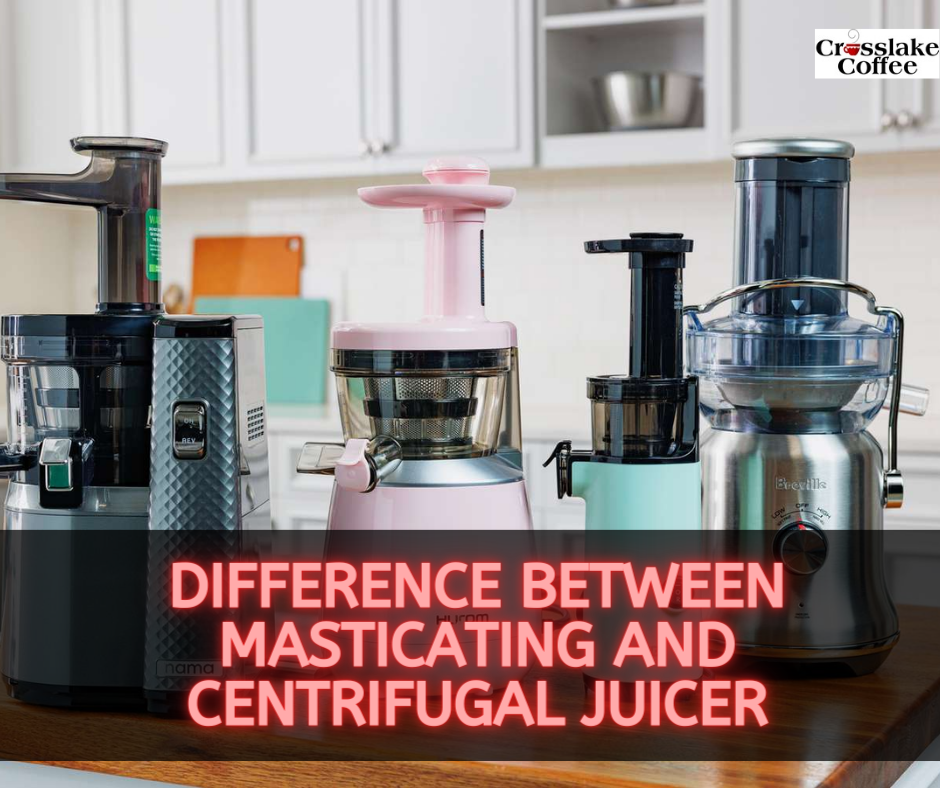
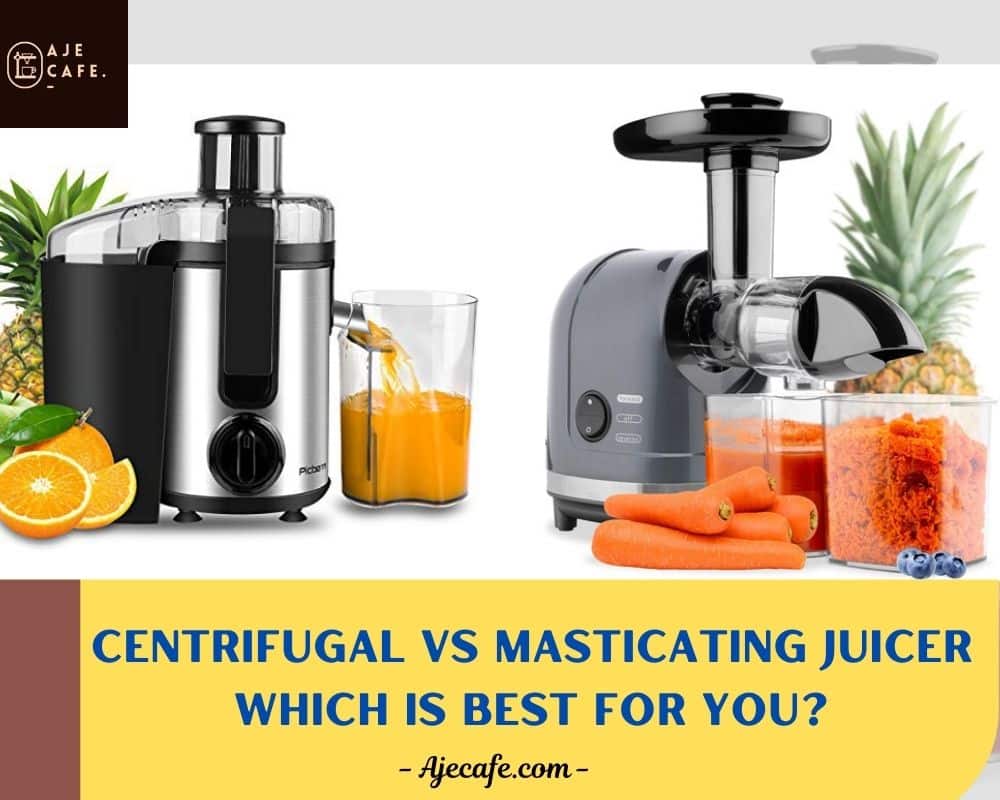




![Difference Between Centrifugal Juicer And Masticating Masticating vs Centrifugal Juicer: The Difference Explained [Upd. 2022]](https://houseandbeyond.org/wp-content/uploads/2022/05/Masticating-vs-Centrifugal-Juicer-2-768x572.jpg)
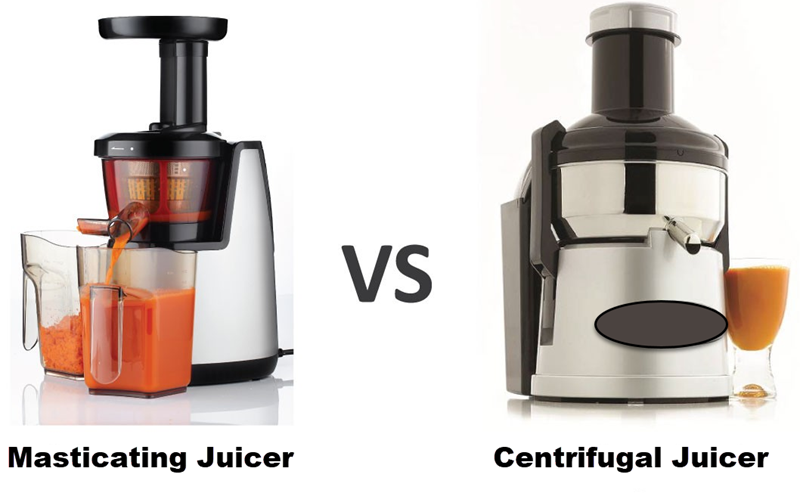
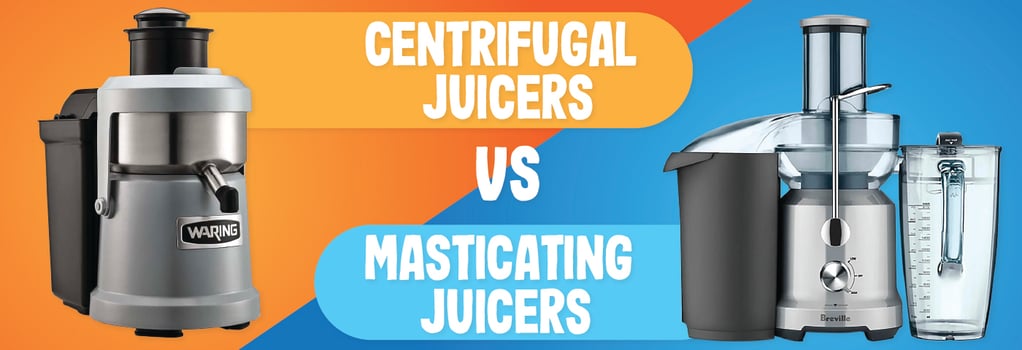
![Difference Between Centrifugal Juicer And Masticating Masticating Vs Centrifugal Juicers [Which One Should You Choose?]](https://juicerdiary.com/wp-content/uploads/2020/09/masticating-vs-centrifugal-juicers-1-1024x375.jpg)
